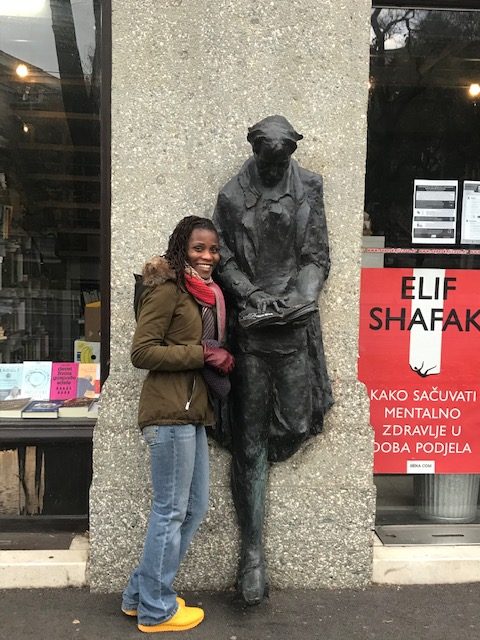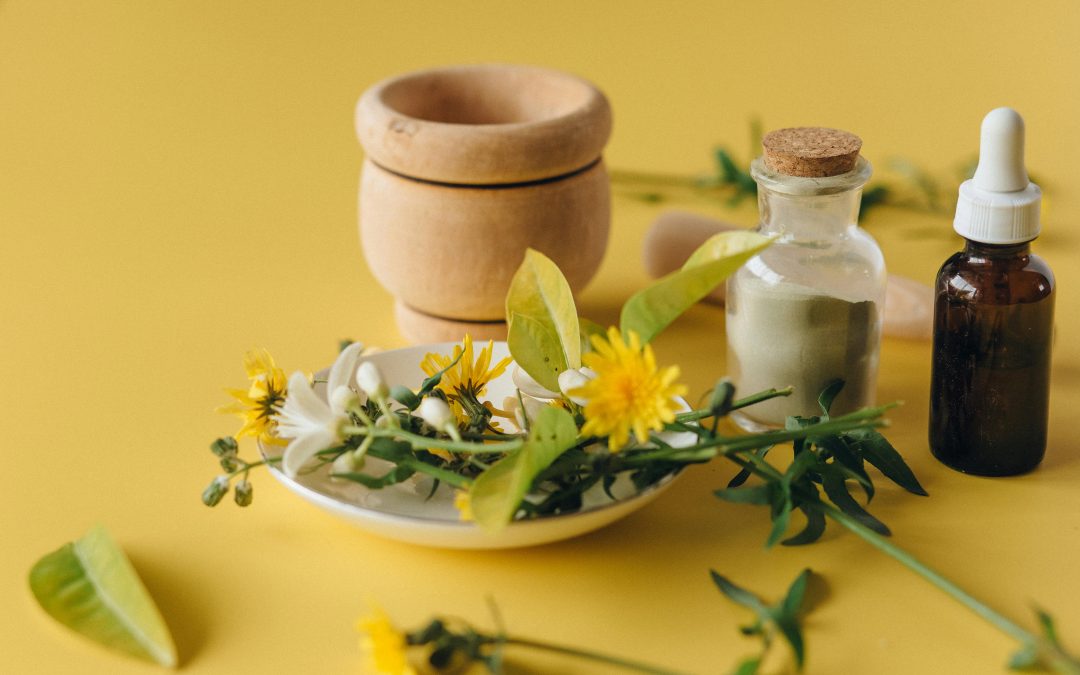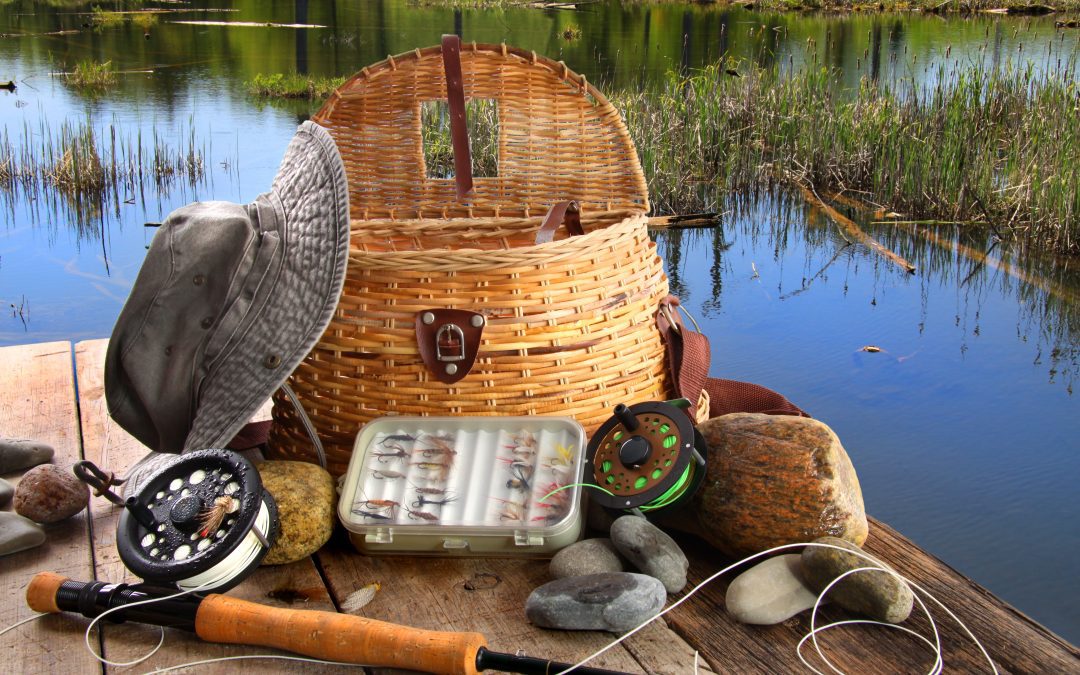
Por qué la naturaleza salvaje es el secreto mejor guardado del Caribe
Este es el trato
So many travellers arrive in the Caribbean for the sea and leave talking about the living world they met along the way. The hush of a rainforest that opens like a chapel. A dusk sky stippled in red as ibises settle to roost. The slow blink of an iguana, older than the limestone it lounges on. These encounters don’t shout; they recalibrate—how we pay attention, how we move through nature, how we carry responsibility home.
This guide brings you to six emblematic species—and the islands where your chances of seeing them (respectfully) are good. It pairs on‑the‑ground know‑how with a simple ethic: take nothing but photos (taken at a distance), leave nothing but lightened shoulders and a tiny donation for the people safeguarding these places.
The six “stars” you’ll meet:
- Mona monkey (Grenada)
- American flamingo (Bonaire)
- Jamaican/Homerus giant swallowtail (Jamaica)
- Bahamian rock iguana (The Bahamas)
- Scarlet ibis (Trinidad & Tobago)
- St Vincent parrot (St Vincent & the Grenadines)
Source & alignment: Species, locations and on‑island pointers are inspired by the National Geographic Traveller — Caribbean Collection 2025 you shared, particularly the “Rare Residents” feature (pp. 16–19). I’ve re‑worked the material into a fresh, long‑form guide with added ethics, logistics and reflective moments.
How to travel like a wildlife person (even if you don’t own binoculars)
- Let your guide lead. Local guides carry decades of field knowledge—and tight relationships with rangers. You’ll see more, disturb less, and keep your footprint small.
- Build in buffer time. Wildlife moves when it wants; give yourself a second morning in key hotspots.
- Carry the “four”: lightweight binoculars (8×32), a dry bag, reef‑safe sunscreen and a reusable bottle.
- Follow the triangle rule for photos: your subject should always have space to move away from you—don’t corner, don’t bait, don’t block.
- Give back, right there. Many parks and trusts accept small same‑day donations; five minutes and $10 here does more than a social post later.
1) Grenada’s Mona Monkeys: Forest acrobats with a flair for theatre
Where: Grand Etang National Park & Forest Reserve, Grenada’s lush interior, a 3,000‑acre mass of montane forest wrapped around a volcanic crater lake.
Who: En mona monkey (Cercopithecus mona)—West Africa’s traveller turned islander, probably arriving via 18th‑century ships. Expressive faces, white beards, and a vocabulary that will make you look up from the trail.
How to meet them well
Start early (pre‑9am) when the forest is still cool. Follow designated trails that skirt Grand Etang Lake and fan out towards waterfalls. Guides will tune your ear to the “booms” and branch‑rustle that reveal a troop. Monas are opportunistic; snacks on show teach bad habits and harm troops. Keep food zipped away; let curiosity—not calories—draw them near.
Quiet moment: Stand under the canopy and watch beams of light stack the understory like organ pipes. If a troop passes, notice how your breathing slows to their rhythm—curiosity first, then acceptance.
Practical: Light rain layer, grippy soles, insect protection (long sleeves help), sin alimentación. Park entry is modest; consider tipping your guide and supporting local conservation volunteers.
Bonus: Grenada is “spice island.” Wrap your forest morning with a cacao or nutmeg visit—a sensory bridge between people and place.

2) Bonaire’s Flamingos: A living ribbon of pink on salt‑rimmed water
Where: Washington Slagbaai National Park, Bonaire. The park occupies a hefty slice of the island’s northwest—rocky coves, dusty tracks, and salinas (salt ponds) like Gotomeer, where flamingos feed.
Who: En American flamingo (Phoenicopterus ruber), among the largest and brightest of their kin. Their colour comes from carotenoid‑rich diets—tiny crustaceans and algae.
How to meet them well
Arrive mid‑morning as birds wade and sieve the shallows. Bring binoculars; keep to roadsides and viewing points to avoid flushing the flock (watch for heads raised in unison—that’s your cue to back off). Flamingos often work in small gaggles; the choreography is half the joy.
Quiet moment: Stand downwind and listen. Beyond the distant squawks is the soft ticking of shore life—fiddler crabs, wind through saline grasses, a sun that seems to hum.
Practical: Park passes are purchased before entry; road loops can be rugged—high‑clearance vehicle recommended. The sea here can run rough; swim at marked coves on calm days only.
Bonus: Bonaire is shore‑diving heaven. Add a mask‑and‑fins afternoon: turtle grass, schools of blue tang, and—if the sea’s friendly—parrotfish sculpting tomorrow’s beaches, grain by grain.

3) Jamaica’s Giant Swallowtail: A six‑inch brushstroke in a green cathedral
Where: Cockpit Country—karst hills and deep, hidden valleys in north‑west Jamaica; also around Windsor estates and trails where forest edge meets limestone.
Who: En Jamaican/Homerus giant swallowtail (Papilio homerus)—one of the largest butterflies in the Americas. Yellow and black with touches of orange; wingspans near 15 cm (6 in); intensively protected.
How to meet it well
This is a species for guided days, both for safety (karst terrain, sinkholes) and legality (protected zones). Butterflies favour sun‑splashed clearings on warm, wind‑soft mornings. Move slow; scan the layer where shade meets light. If you’re blessed with a pass‑by, hold your position and let the arc happen. No nets, no chases, no off‑trail shortcuts. Your guide may also point out endemic plants and cave entrances that anchor the wider ecosystem.
Quiet moment: In the silence after wings, put a hand on the bark beside you and feel temperature gradients the forest makes—cool here, warm there. Realise how many micro‑worlds a single glade holds.
Practical: Long pants, ankle support, plenty of water. Ask your guide about community projects—the best will funnel your fee into trail upkeep, cave protection and youth ranger programs.
Bonus: End the day in a jerk yard where the smoke is sweet and the lime is generous. Conservation feels even better with community.

4) Bahamas’ Rock Iguanas: Time travellers on a sun‑polished cay
Where: The Exumas y Andros among others—the iguanas live on dry, low islands where scrub meets sand. Day trips run from Nassau and Exuma bases to cays with distinct subspecies (e.g., Allen Cay).
Who: En Bahamian rock iguana (Cyclura spp.), a set of endangered, colour‑tinted reptiles that bask, sprint and, if pressured, bolt for burrows between root and rock.
How to meet them well
Land gently—no running, no “treat trails.” Human feeding flips behaviour, wrecks diets and sets up conflicts. Watch how iguanas choose temperature: open bask, partial shade, then limestone cool-downs. Photograph from knee height for a respectful angle that also reads the animal’s line of retreat.
Quiet moment: Sit on the lee side of a scrub and count breaths until the first iguana resumes what it was doing before your boat arrived. There’s humility in waiting to be re‑accepted by a place.
Practical: Sun protection is everything; bring a wide‑brim hat and sleeves. Choose operators with leave‑no‑trace briefings and sin alimentación policies.
Bonus: Many Bahamas day trips pair iguanas with a reef stop. Look for shallow coral heads where juvenile fish hold—miniature cities that teach reef etiquette quickly.

5) Trinidad’s Scarlet Ibis: A dusk chorus stitched in red
Where: Pantano de Caroni, on Trinidad’s west coast. A 40‑sq‑mile mangrove world of sinuous channels and islets—the national bird’s preferred roosting grounds.
Who: En ibis escarlata (Eudocimus ruber), a wader whose plumage turns fire‑red on a diet rich in crustaceans. They arrive to roost in waves that look like brushstrokes across the canopy.
How to meet them well
Book a small‑boat, late‑afternoon excursion with a licensed eco‑operator. Bring binoculars; sit still as the light goes bronze and hundreds of birds drift in. The hush that settles over the boat is half awe, half collective gentleness. Watch for boas curled on branches, night herons ghosting the edges, and the red dotting of ibises growing denser until the mangroves glow.
Quiet moment: As twilight shifts to indigo, listen for the change in sound—wingbeats giving way to roost murmur, water to insect chorus. Then mirror the quiet with your own stillness.
Practical: Wear neutral clothing; motion and colour matter in low light. Protect against mosquitoes at dusk with loose long layers rather than heavy sprays in sensitive wetlands.
Bonus: Trinidad’s culinary mix is a whole journey: try doubles for breakfast, curry crab and dumpling by the waterfront, and a spoon of kuchela if you love heat and mango tang.

6) St Vincent’s Parrot: A rainbow flash in a green amphitheatre
Where: Vermont Nature Trail, west of Kingstown in Buccament Valley—a 1.6‑mile loop that crosses creeks and climbs to a vantage above a tapestry of rainforest.
Who: En St Vincent parrot (Amazona guildingii)—emerald, gold and blue; endemic and carefully monitored (numbers hover under a thousand in the wild). Loud, yes—but hearing and seeing are two different arts.
How to meet it well
Mid‑morning or late afternoon, stand quietly at the viewing platform and scan the sky’s margins where canopy meets cloud. Listen for the rolling squawk, then track the movement with binoculars—bursts of colour, then camouflage. Stay with the moment even after the bird slips; guides often pick up a second pass. No drone, no playback calls, no off‑trail bushwhacking.
Quiet moment: When you’re alone on the platform, notice how the valley holds sound—a deep green bowl that amplifies rain on leaf, creek on stone. It’s a good place to feel small in an expansive way.
Practical: Trails can be slick; wear lugged soles. Weather shifts quickly; a packable poncho helps. Local guides not only spot birds; they carry the valley’s memory—storms, nest sites, the day the first chick fledged in a given grove.
Bonus: St Vincent & the Grenadines is an archipelago—consider pairing your parrot morning with a Bequia beach or a day sail to Mayreau for a salty, silent exhale.

Planning a “Rare Residents” route (modular, 12–14 days)
You can chase all six in a single epic, but smarter (and gentler) is to pair clusters. Below is a modular plan using common air routes and ferries.
Option A — Southern Arc (10–12 days)
Grenada → St Vincent & the Grenadines → Trinidad
- Days 1–3: Grenada (Grand Etang, mona monkeys). Fly into Grenada. One early morning in the park, one waterfall afternoon, one spice/cacao day.
- Days 4–6: St Vincent (Vermont Nature Trail). Quick hop to St Vincent, base near Kingstown, and aim for two parrot windows (evening and next morning).
- Days 7–10: Trinidad (Caroni Swamp, scarlet ibis). Fly to Trinidad, book the sunset swamp boat, and add a day for the Northern Range or city food explorations.
Option B — Salt & Blue Arc (7–9 days)
Bonaire → The Bahamas
- Days 1–4: Bonaire (flamingos + shore diving/snorkelling). Road loops, salina stops and one lazy afternoon at a calm cove.
- Days 5–8/9: Exumas or Andros (rock iguanas + reef stop). Base yourself where day boats get you to iguana cays with strict no‑feeding ethics; add a shallow reef for contrast.
Option C — Jamaica Focus (5–6 days)
Cockpit Country (giant swallowtail) + coast
- Days 1–2: Base near Windsor/Cockpit Country for early starts with a licensed guide.
- Days 3–6: Mix coastal decompression (jerk, music, sea) with a second inland window for weather insurance.
Consejo: Build weather flex into every plan. Two windows for each target species reduce pressure on you and wildlife alike.
Ethical fieldcraft in a nutshell (print, pocket, practice)
Distance: If your presence changes behaviour, you’re too close. Back off until the animal resumes what it was doing.
Silence: Voices carry in forests and over water. Whisper and close car doors softly in roost areas.
Light: No flash after dusk around birds/bats; red‑filtered headlamps in cave ecotours if allowed.
Speed: Boat wakes and drone buzzes can collapse roosts and flush feeding birds. Choose stillness over “more content.”
Hands: No touching, no feeding, no collecting. Always.
Feet: Stay on designated paths/boardwalks—especially in mangroves and dune systems.
Data: Post locations thoughtfully. For sensitive nests or roosts, share the experience, not the GPS.
Gear that keeps you nimble and present
- Binoculars: 8×32 (bright, compact). For seabirds, a 10× is fine if your hands are steady.
- Calzado: Lightweight hikers with grip; amphibious sandals for mangrove/kayak days.
- Clothing: Long, breathable layers in neutral colours; a packable rain shell; wide‑brim hat.
- Water & sun: Refillable bottle (freeze the night before), reef‑safe mineral sunscreen, UPF neck gaiter.
- Camera: If you don’t own a long lens, embrace landscape + context images and add some tight shots via guide‑shared scopes/phonescopes.
- Small extras: Field notebook, pencil, lens cloth, dry bag, mini first‑aid.
Food, culture & the human web that makes wild places possible
Wildlife isn’t separate from community; it’s held by it. Let your days trace that web:
- Markets & cookshops near parks keep your spend local—seasonal fruit in Grenada, bokit and accras in the French Antilles (if you route via Guadeloupe), doubles in Trinidad, conch done respectfully where permitted in the Bahamas.
- Craft & story: Straw work in the Bahamas, woodcarving and spice blends in Grenada, small rum shops with four generations of memory behind the counter.
- Give back on‑island: Consider small park trust donations or ask guides about school projects needing field notebooks or binoculars.
FAQ: quick answers that save you scrolling
Best time to see scarlet ibis in Caroni Swamp?
Puesta de sol departures are gold; dry‑season evenings tend to be clearer, but roosting is a year‑round spectacle.
Can I see flamingos on Bonaire without entering a park?
Often yes—there are roadside lookouts near salt ponds. But Washington Slagbaai adds habitat diversity and turns a sighting into a full nature day.
Are mona monkeys aggressive?
They’re confident, not aggressive—problems arise when people feed them. Keep food sealed and distance respectful; let your guide set the tone.
How close can I get to Bahamian iguanas?
Let the iguana decide. If it changes posture (stands taller, head bobs, tail twitches), you’re too close. Kneel, slow down, back off.
Can I visit St Vincent’s parrot habitat on my own?
Trails like Vermont Nature Trail are open to independent hikers, but your chances of actual sightings go up with a guide who knows calls and flyways.
A few reflective prompts to carry in your pocket
- At least once, put the camera down and count five full breaths while you watch an animal just be.
- Ask a guide to share a childhood memory of these places; write three lines about what’s changed, and why it matters.
- After a trip, make one small home habit that honours what you saw (less plastic, more citizen science, a monthly micro‑donation).


Escrito por Kariss
Más de esta categoría

Esenciales para el bienestar
Tanto si vas de excursión por las Highlands escocesas como si tomas el sol en Bali o navegas por el aire seco de un retiro en el desierto, tu piel y tu cuerpo responden al entorno. Los viajes nos exponen a nuevos climas, altitudes y factores de estrés, y nuestras rutinas de belleza deben adaptarse a ellos.
Un equipo de expertos trotamundos probó cientos de productos en distintos climas y continentes. ¿El resultado? Una lista de productos esenciales para el cuidado de la piel, el bienestar y el aseo personal.
Esta entrada del blog explora cómo crear una rutina de belleza respetuosa con el clima, que sea portátil, útil y potente. Tanto si haces la maleta para una escapada tropical como para una cumbre nevada, tenemos todo lo que necesitas.

Esenciales para el bienestar
Tanto si vas de excursión por las Highlands escocesas como si tomas el sol en Bali o navegas por el aire seco de un retiro en el desierto, tu piel y tu cuerpo responden al entorno. Los viajes nos exponen a nuevos climas, altitudes y factores de estrés, y nuestras rutinas de belleza deben adaptarse a ellos.
Un equipo de expertos trotamundos probó cientos de productos en distintos climas y continentes. ¿El resultado? Una lista de productos esenciales para el cuidado de la piel, el bienestar y el aseo personal.
Esta entrada del blog explora cómo crear una rutina de belleza respetuosa con el clima, que sea portátil, útil y potente. Tanto si haces la maleta para una escapada tropical como para una cumbre nevada, tenemos todo lo que necesitas.

Esenciales para el bienestar
Tanto si vas de excursión por las Highlands escocesas como si tomas el sol en Bali o navegas por el aire seco de un retiro en el desierto, tu piel y tu cuerpo responden al entorno. Los viajes nos exponen a nuevos climas, altitudes y factores de estrés, y nuestras rutinas de belleza deben adaptarse a ellos.
Un equipo de expertos trotamundos probó cientos de productos en distintos climas y continentes. ¿El resultado? Una lista de productos esenciales para el cuidado de la piel, el bienestar y el aseo personal.
Esta entrada del blog explora cómo crear una rutina de belleza respetuosa con el clima, que sea portátil, útil y potente. Tanto si haces la maleta para una escapada tropical como para una cumbre nevada, tenemos todo lo que necesitas.
0 Comentarios
Nuestro boletín


0 comentarios